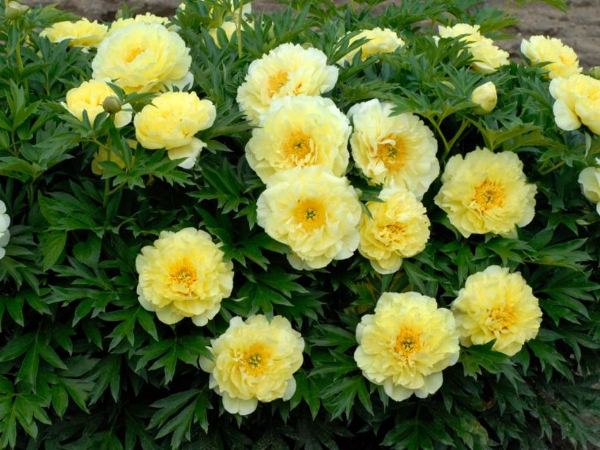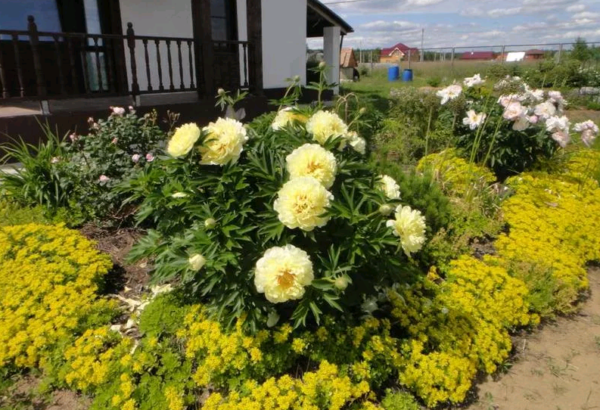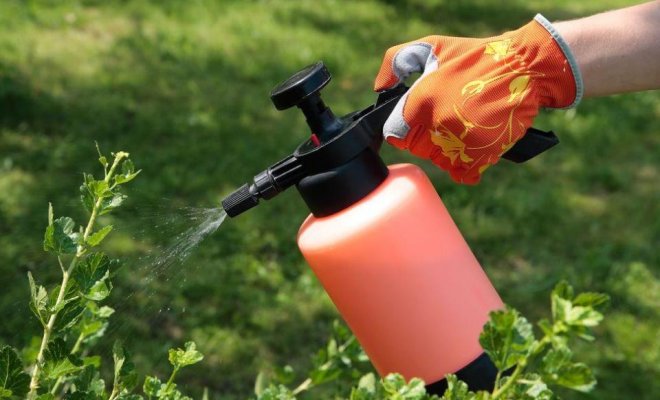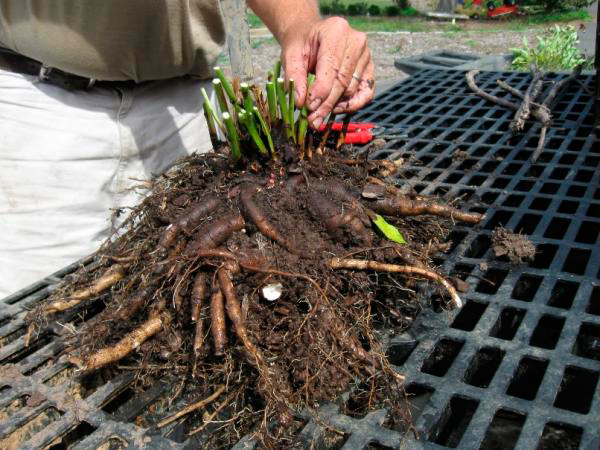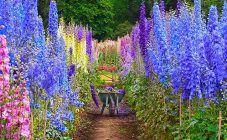Content:
Peony ito hybrid Bartzella (also known as ito peony Bartzella and peony bartzella) is a perennial and tree-like plant. The peony was born in 1948 by crossing varieties such as Kinko and Kakoden. The author was the Japanese breeder Ito. The name of the peony has the prefix ito in honor of its creator, and the second part of the name "Bartzella" comes from the surname Bart (pastor of the scientist's family). More than a thousand experiments were carried out before the bartzella peony was born. The flower became a separate culture, thanks to the student of the breeder Andersen, and gained popularity only in 1974 after the death of its author. The flower is the most expensive among other varieties of peonies.
Description of Peony Bartzell
The bush has a round shape, the foliage is dense. The stems of the plant are a woody base with leaves. The stem is one meter long. For the winter, the leaves die off, but the woody part remains. The peony is ready for freezing of about 30 degrees. If any parts of the plant are frozen, they will recover with the onset of heat.
Flowers are yellow with an orange core, large and double. The size is about 25 cm in diameter. Bartzella's yellow peony begins to bloom in early summer and blooms for a month. The number of flowers depends on the age (the older, the more), about 60 per bush. Large leaves are carved and dark green in color. The plant is unpretentious, resistant to viruses, and can withstand drought. In the form of a bouquet it costs a very long time (about two weeks).
Agrotechnics
Below are some basic information about landing.
Boarding time
The best time of the year for planting is autumn. It should be expected that there must be a month before frost for the plant to take root.
Peony planting soil
The soil is suitable either sandy loam or loamy. Groundwater must run deep. Minerals must be present in the soil, otherwise fertilizers must be added.
Land suitable for planting
The planting site should be well lit, direct sun exposure to the flower is unacceptable. The place must be open. It should not be planted in the shade, as the flower will not receive the necessary sun for beautiful flowering. It is not recommended to plant in low places, the best place is on a hill. The site is chosen immediately as a permanent place for a flower. The peony will bloom at 2-4 years of age.
Seedling preparation
Seeds are not used for planting, since the plant is a hybrid variety. It should be planted by the root. There are two planting options: buying a ready-made seedling or dividing the root of an existing plant.
If a flower seedling is purchased, then it is necessary from a quality and trusted manufacturer. During the inspection, special attention is paid to the presence of rot, damage and holes from pests. You should buy healthy, resilient tubers with 2-3 buds in order for the plant to resume growth. If there are 4-5 buds on the planting material, then this is the key to good survival. The number of buds is desirable to match the number of roots. Stripping is carried out before landing. It is necessary because the roots are stored for a long time, and rot and mold form on them. The stripping procedure involves removing the trouble data with a knife. Cut points are treated with ash.Next, soak the tubers for an hour in a manganese solution for disinfection.
Planting process
The root system is branched, therefore it is necessary to prepare a pit, the dimensions of which must correspond to the following parameters: depth - 70 cm, width - 70 cm.
Prepare drainage to the bottom of the pit. Drainage is expanded clay, small stones, small pieces of brick. The next day, all this is laid out in a hole in a layer of up to 10 cm. Then layers of sand and peat are poured, each 5 cm long. The next 10 cm, a layer of fertilizers (manure or superphosphate) is laid out. Plant roots in the resulting hole. If the hole is too deep, add another layer of soil after fertilization. Sprinkle on top with a mixture of ash and sand. This measure is needed in order to prevent the appearance of rot. Pour the seedling with 8 liters of warm water. After all the procedures, the soil around the root is mulched with peat.
Care
The peony is unpretentious, but for a better appearance, it is necessary to follow some measures for caring for it.
Top dressing
Fertilizers are used for feeding. They are brought in 4 times:
- in the spring, after the mulch has been removed, it is necessary to feed with nitrogen (for the rapid growth of greens);
- when forming buds (complex fertilizers);
- during the flowering period - potassium chloride and superphosphate;
- before frost.
Loosening, mulching
Loosening is carried out during dry periods and after heavy rains. The soil should be loosened frequently. Weeds interfere with flower growth and should be removed.
Drafts
Since the peony has a tree-like stem, it is not afraid of winds and drafts. Cases of breakage of such a stem are rare.
Watering
Watering should be done in the evening, 1-2 times a week, but in case of rare rains, increase the number of waterings up to 3-4 times. If it rains heavily, then watering is postponed for 3 days. The amount of water for watering an adult plant is 10-15 liters. In the autumn, the flower should not be watered.
Irrigation and spraying
Additionally, you should not spray the plant during a rainy summer period. But if the summer is hot and dry, then irrigation and spraying will not be superfluous.
Pest control
The main pests are spider mites, aphids, and ants. To get rid of them, insecticides are used. But, as a rule, the flower is not susceptible to pests as well as diseases.
Transplant, pruning
Transplanting is carried out as a last resort because the procedure is stressful for the plant. It is done in the fall.
All the stems of the plant should be completely cut in autumn, leaving 8 cm above the ground. Do not be careful with pruning (you can cut to the level of the soil), the plant has buds on the roots to resume growth, so that new shoots will appear in spring. A dry day should be chosen for pruning to protect the plant from rotting. During the flowering period, in summer, they are pruned as they bloom so that the decorative appearance is preserved. In the first years of life, you should pick off the buds, which will help the bush to get stronger.
Wintering
Bartzella tolerates frost and temperature extremes. But with the first frosts (-3-5 degrees), young plants must be covered with mulch (peat, garden soil, sawdust) or spud higher. In the spring, when the temperature is stable (-3-0 degrees), mulch should be removed. This is necessary so that the buds begin to grow, and the root does not overreach.
Reproduction
Reproduction is done by dividing the bush.You can only divide the root on a plant older than three years. The recommended time for the procedure is from August to October.
How to divide the root:
- The root is dug up.
- The part with the kidneys is cut off.
- The place where the cut was is treated with manganese and dried. Planting a bush in the old place.
- The resulting seedling is also processed with manganese. Then he lands in a permanent place.
Application in landscape design
The peony looks spectacular both by itself and in composition with other plants. It should not be planted next to poisonous flowers. The composition for the peony can include roses or conifers. Bushes with flowers serve as a wonderful divider of the garden into zones. Can be planted along paths or near buildings in the garden (gazebo, swing). A peony bush will decorate an alpine slide or flower beds.
